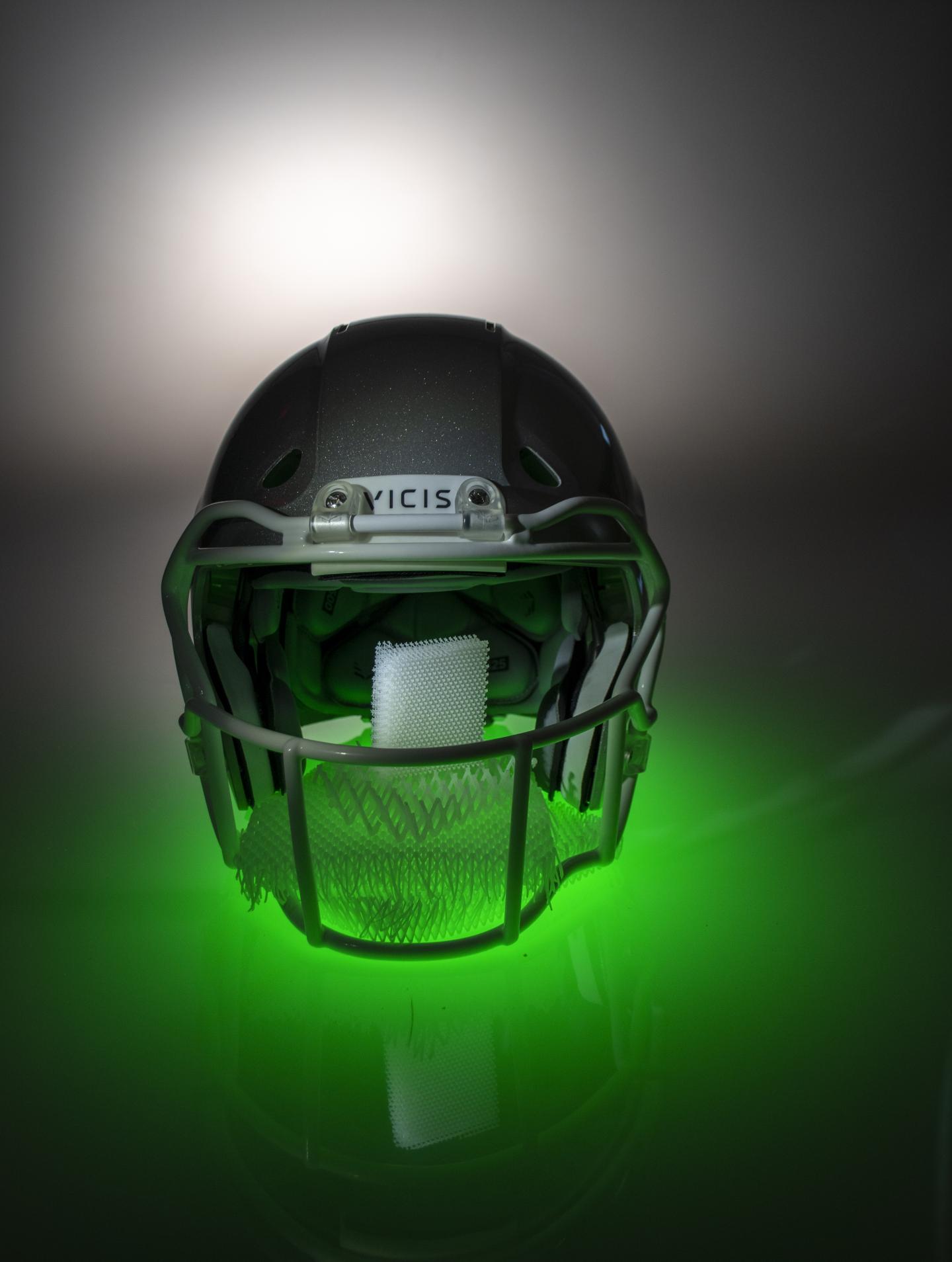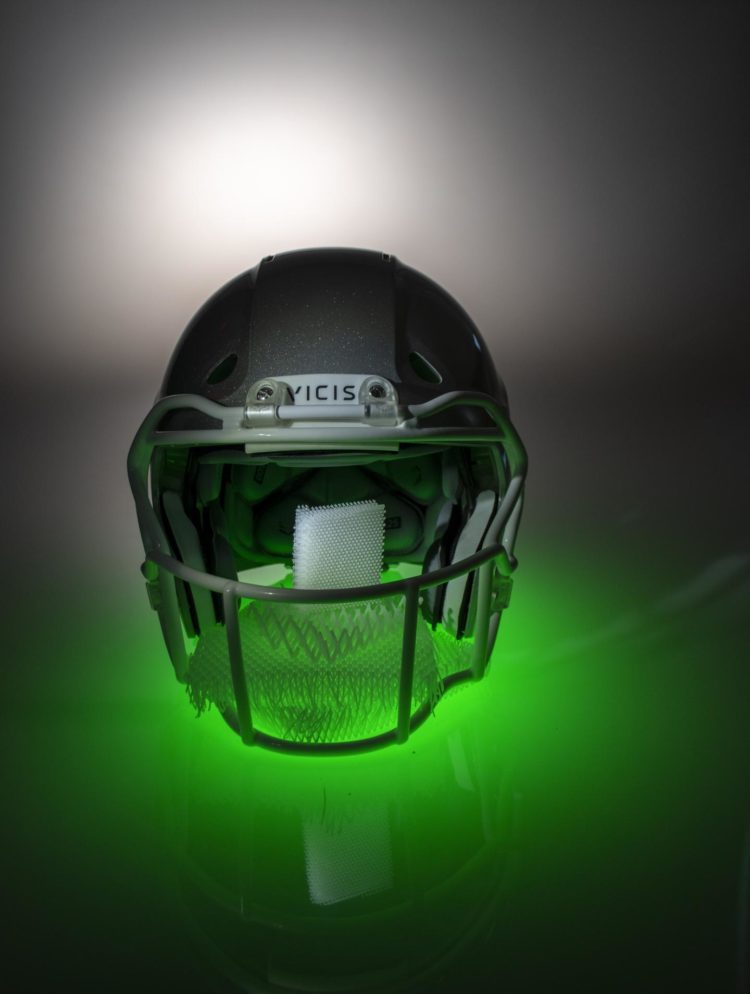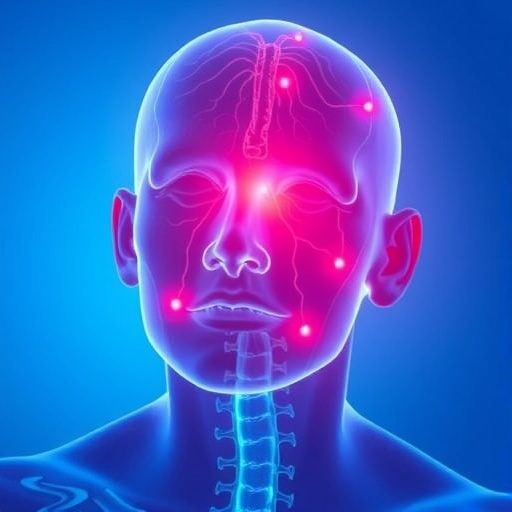HRL Laboratories’ microlattice impact attenuator pads outperform current helmet pads in single or multiple hits and are made with light-casting technology

HRL Laboratories’ microlattice impact attenuator pads outperform current helmet pads in single-hit or repetitive impacts and are made with light-casting technology
view more
HRL Laboratories, LLC, has published test results showing shock-absorbing pads made from HRL’s microlattice–an architected elastomeric material–had up to 27% more energy absorption efficiency than the current best-performing expanded polystyrene (EPS) foam when sustaining a single impact and up to 48% improved absorption efficiency over the state-of-the-art vinyl nitrile foam when impacted repeatedly. The microlattice material could replace currently used foams in applications such as protective packaging, shock isolators for electronics, vehicle interiors, and padding in football, military, or bicycle helmets. The paper entitled Elastomeric microlattice impact attenuators is the featured cover article in the journal Matter for December 2019.
“The best competing architected pads to date have maximum energy absorption efficiencies up to 44% for a single impact,” said Eric Clough, HRL researcher and the paper’s lead author. “Our best performing microlattice pads had maximum energy absorption efficiencies of nearly 58%. Also, the competitor lattice-based pads are irreversibly smashed after sustaining a single impact. Whereas, our elastomeric microlattice pads continue to efficiently absorb the shock of multiple repeated impacts.”
The sports technologies company VICIS has licensed HRL’s microlattice technology portfolio. They intend to further develop microlattice impact attenuators and commercialize them in new products to minimize sports-related head injuries.
HRL’s material is manufactured by a process called light casting by which a UV light is cast through a patterned template onto a tray of specially formulated liquid resin. The areas of resin exposed to the light cure and quickly grow into solid polymer struts that then grow together to form the lattice pad. The formulation of the liquid resin can be adjusted to make microlattice that is stiffer, softer, or more compliant, as desired.
Current helmets typically combine a hard shell with closed-cell foam padding that traps heat and holds sweat against an athelete’s head. The open-celled architected structure of the microlattice, resembling the Eiffel Tower, allows air to flow freely through the entire pad. This unique feature improves air flow for a much cooler wearing experience.
“Microlattice is composed of solid polymer struts and air. Unlike foam it has an ordered architecture that enables improved performance in airflow, energy absorption, stiffness, and strength. Under high impact, microlattice stiffens to absorb energy and significantly reduces acceleration and force transmitted to the wearer. With light casting we can make a set of pads for a helmet in under a couple minutes. Methods such as stereolithography 3D printing would take a much longer,” Clough said.
###
The microlattice testing was funded by the HeadHealthTECH Challenge III, HRL Laboratories, LLC, and the Defense Advanced Research Project Agency. The other authors on the paper were Thomas A. Plaisted, Zak C. Eckel, Kenneth Cante, Jacob M. Hundley, and Tobias. A. Schaedler.
HRL Laboratories, LLC, Malibu, California (http://www.
Media Contact
Michele Durant
[email protected]
310-317-5321





